Solving problems with soil compaction: Netafim offers practical help
In November 2021, the Netafim team and a group of Pecan farmers set off to the Lowveld. They visited several farms in Mpumalanga and Limpopo to learn about current soil management practices and how they can apply it in their orchards.
Journalist, Lindi Botha, joined the tour and wrote the following piece for the Netafim South Africa Knowledge Hub.
Learning is at its best when lessons are practical and both problems and solutions are demonstrated in the field. During Netafim’s pecan farming tour they took their habit of sharing best practices one step further by taking pecan farmers out of familiar territory, to the lush green orchards of the Lowveld. Here, a combination of ridging, cover crops and low flow drip irrigation has been used to combat soil compaction, improve soil structure, and optimise irrigation.
Pecan farmers have been grappling with stagnant yields over the last few years while yields should in fact have been rising. Several investigations into the reasons for the effective decline came up short. Speaking to Netafim’s specialists in the area however, soil compaction was identified as a key reason yields were not materialising since tree nutrition was compromised by the compacted soils.
Tapping into their wider network of expertise within the country, Netafim arranged a farm tour for the growers to macadamia, avocado and citrus farmers across Mpumalanga and Limpopo. These farmers have optimised orchard health and yields by implementing three practices: ridging, cover cropping and low flow drip irrigation.
Pecan growers were shown research on soil compaction in orchards conducted by the Netafim. The results painted a stark picture: despite all the effort put into soil preparation, the very first wheels to drive through the orchards recompacted the soil up to 80% of the original density. Reducing wheel traffic in the orchards, and especially close to the tree trunks was therefore the first step in correcting yields.
After four days traipsing the orchards, the pecan farmers had no doubt of the benefits of the practices Lowveld farmers had implemented. Ridges not only ensured an extra top layer of soil in which roots could easily grow and be fed but forced wheel traffic away from the crucial area below the tree. Cover crops served to keep the soil loose, aid microbial action and moisture retention, while low flow drippers are used to irrigate at a very low level over a longer period. This ensures better control of the depth of wetting and reduces under and over irrigation- therefore improving water-use efficiency and soil aeration. The application rate of the irrigation system is balanced with the maximum daily water use over the total consumptive period of the crop by decreasing the application rate of the irrigation system. The lower, more consistent tempo of irrigation also means that soil is not drenched. Drenched soil, of course, would increase the risk of compaction.
While it is said that it takes a village to raise a child, successful farming too relies on a myriad of expert inputs. Surrounding yourself with the right people, offering practical and proven advice is therefore the first step in obtaining the biggest goal of any farmer: optimal yields and returns.
Browse Lindi's photographs from the tour:
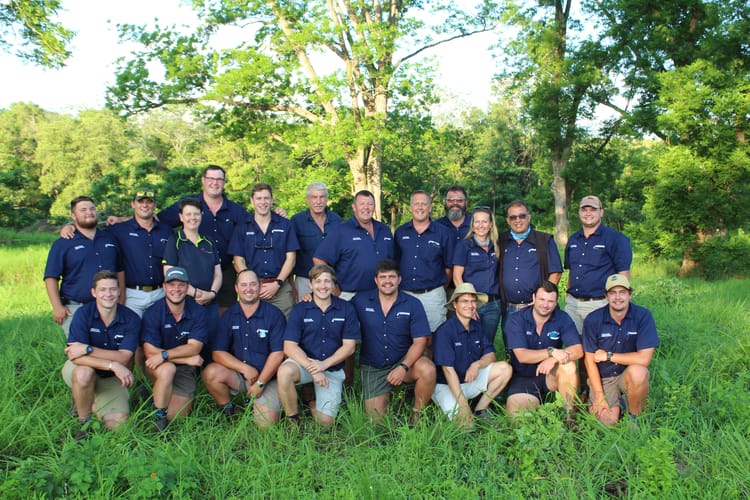
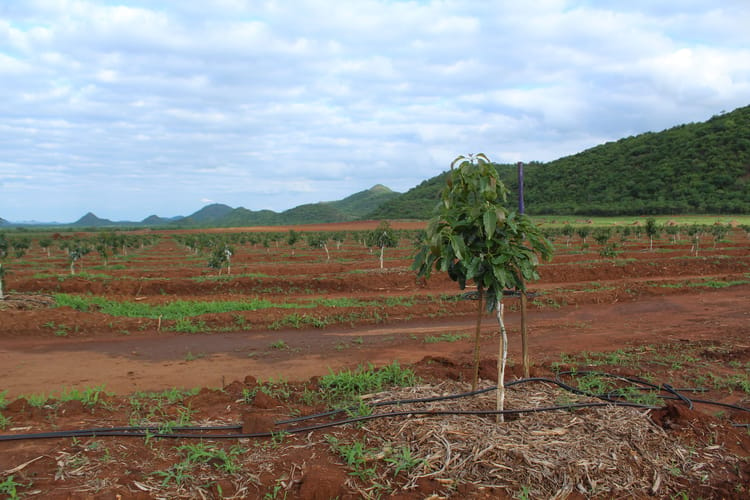
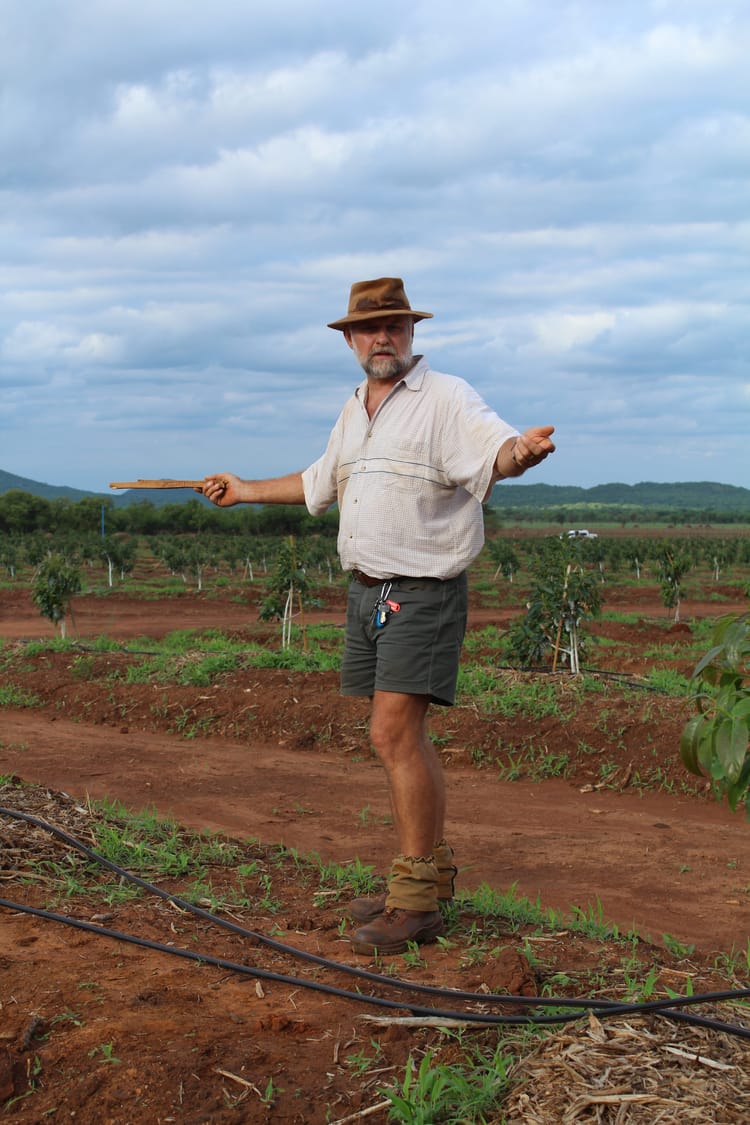
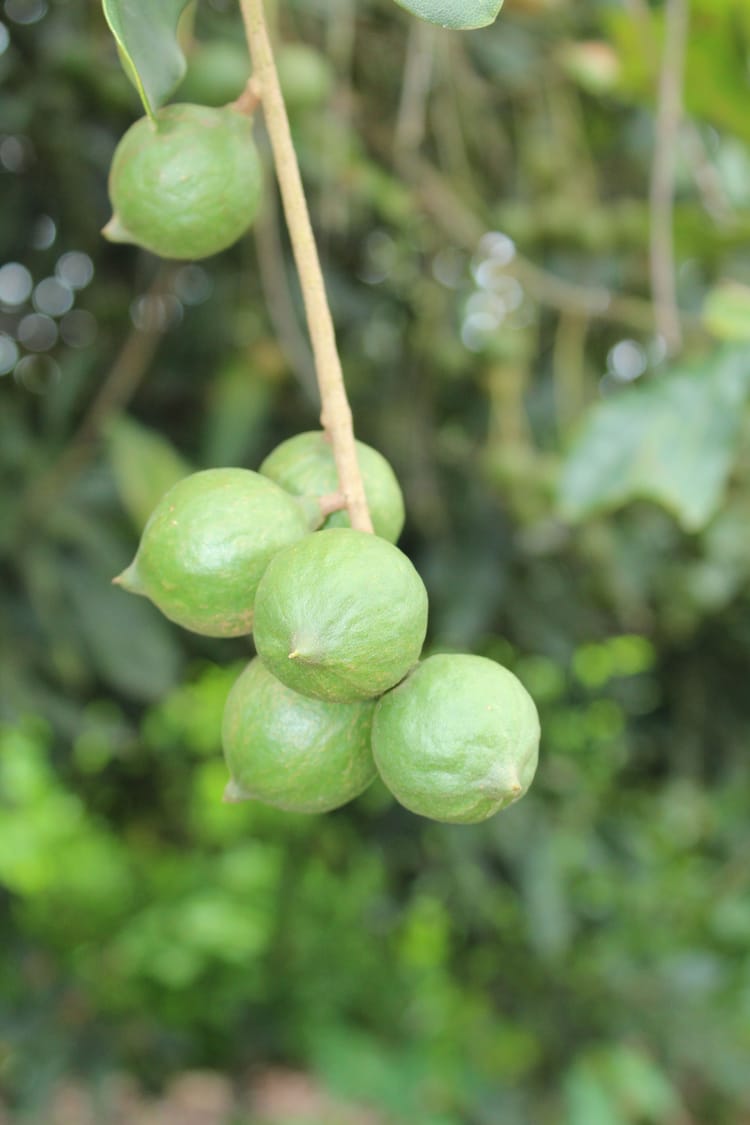
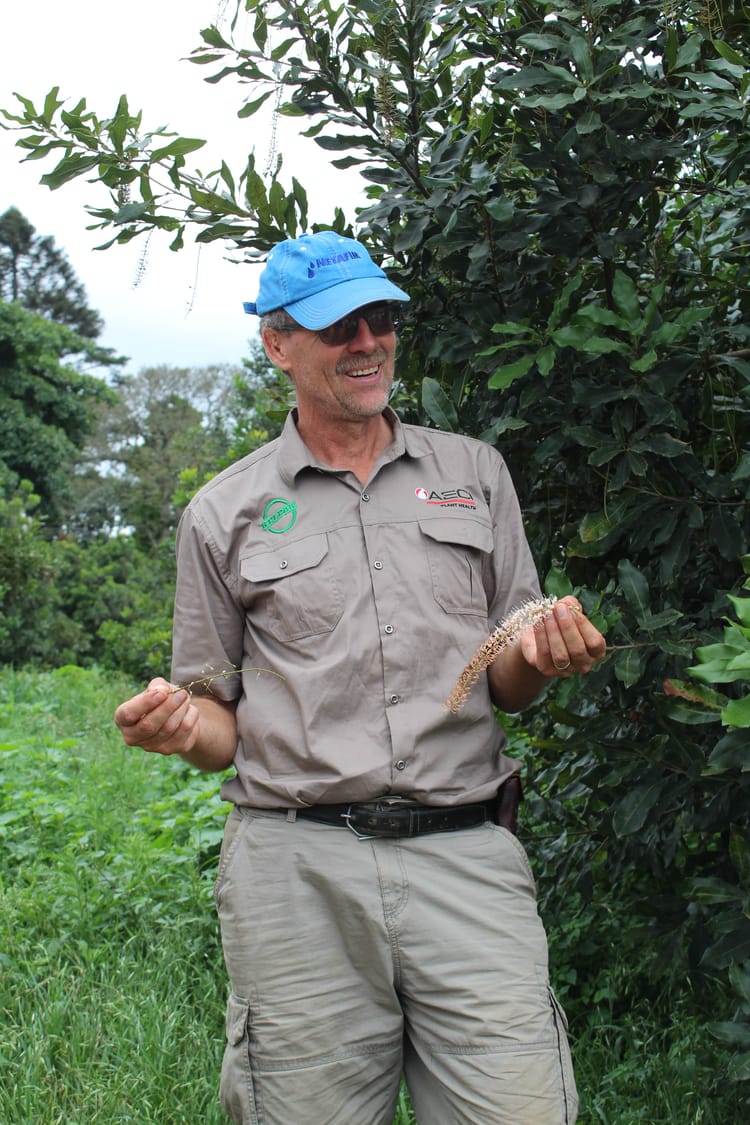
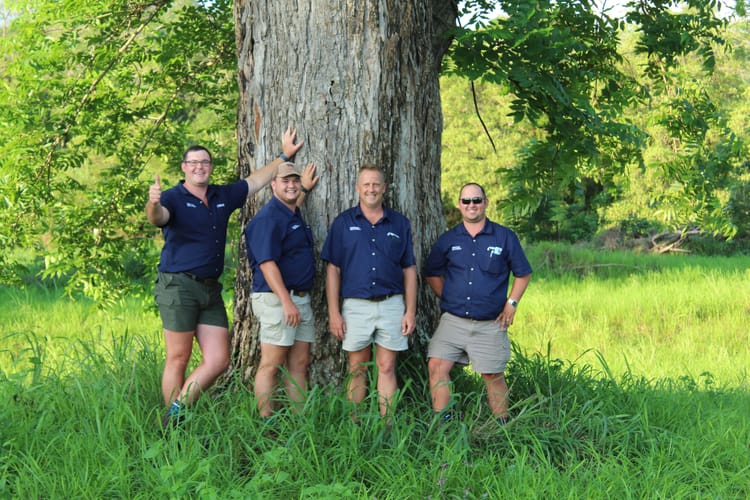
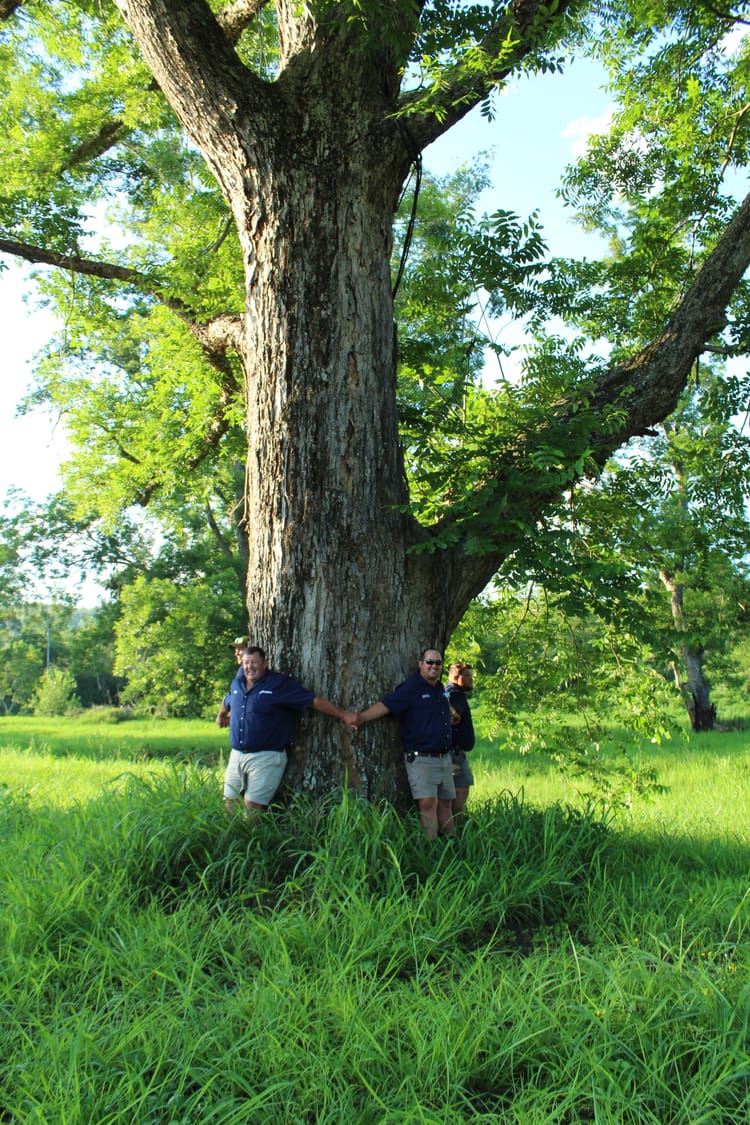
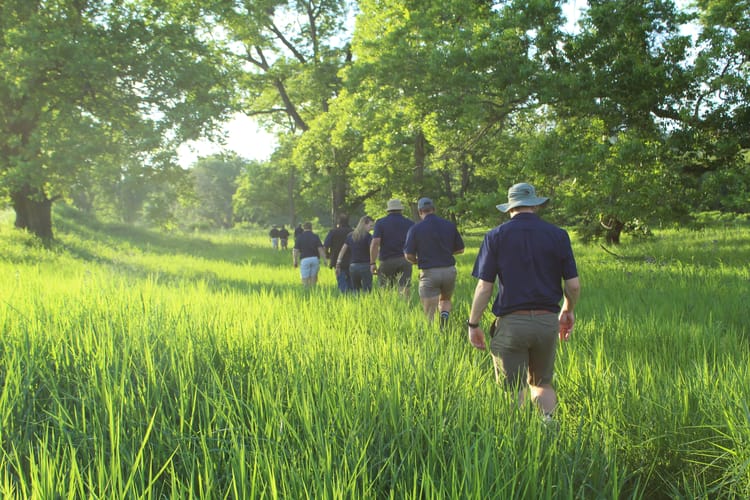
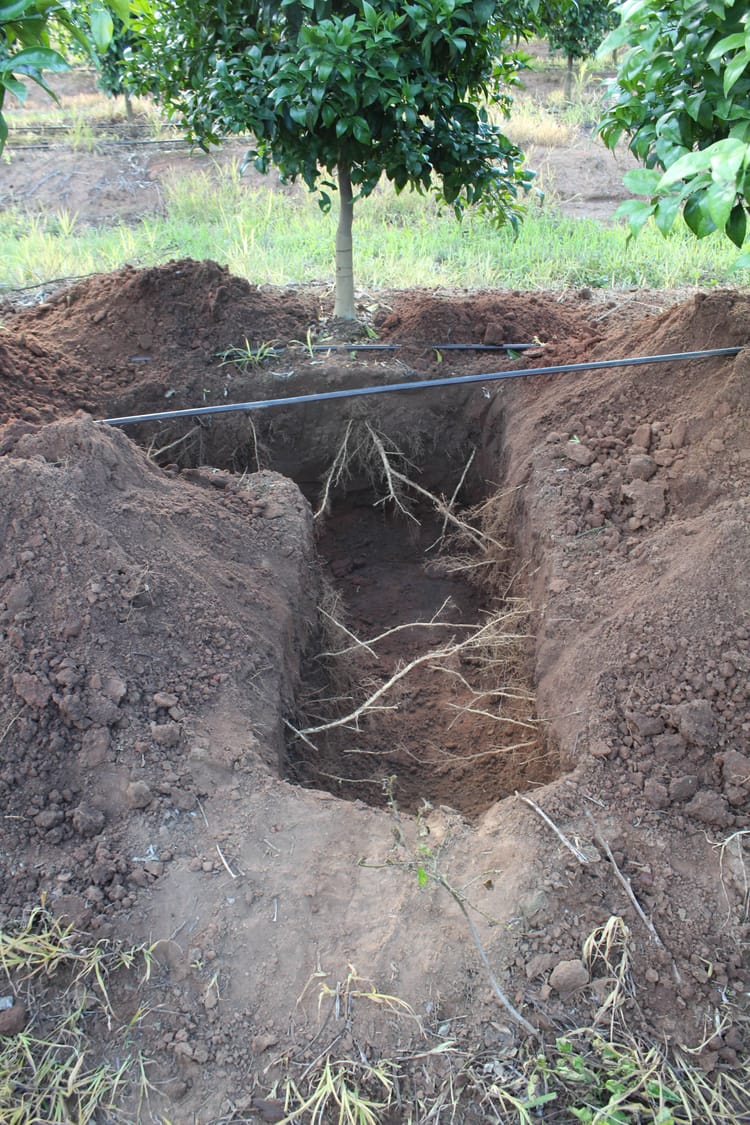
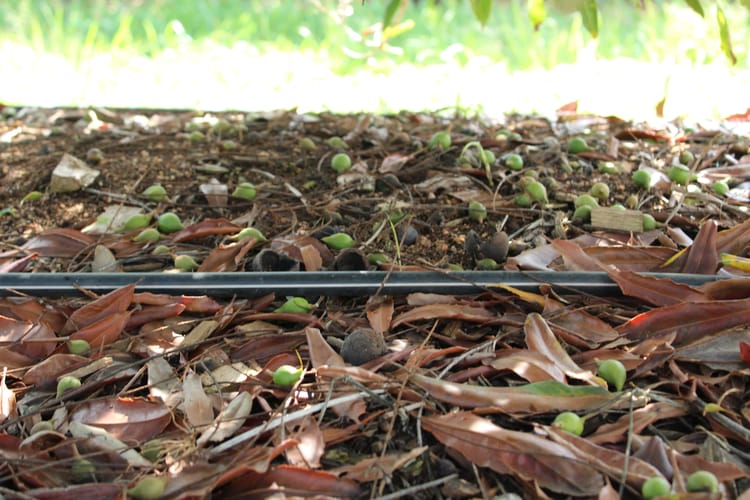
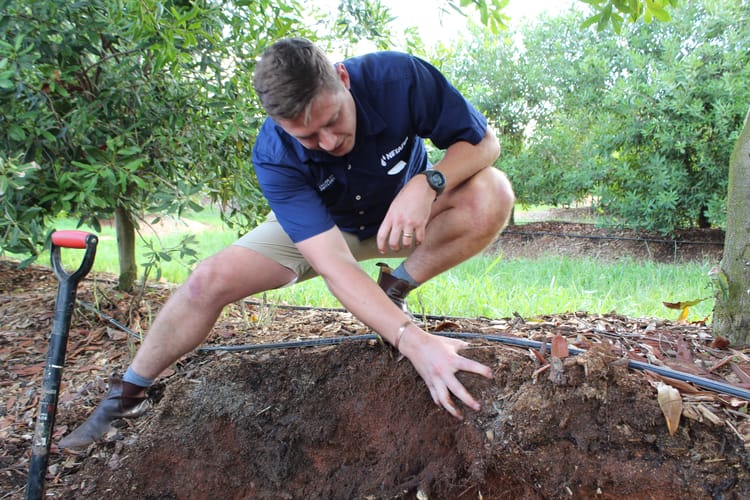
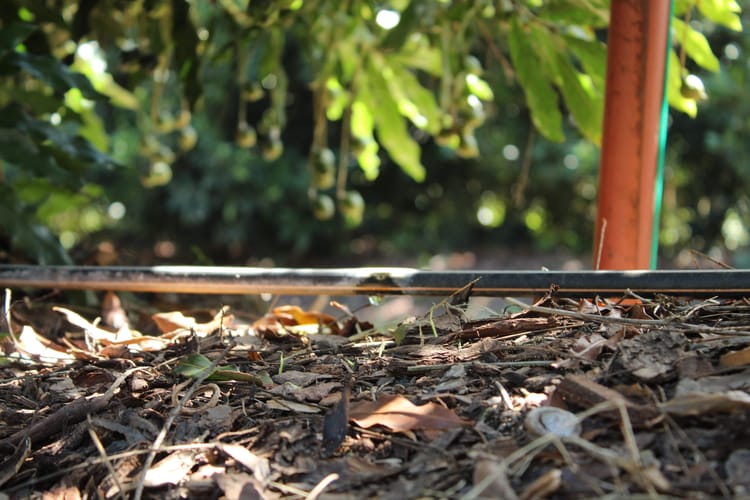
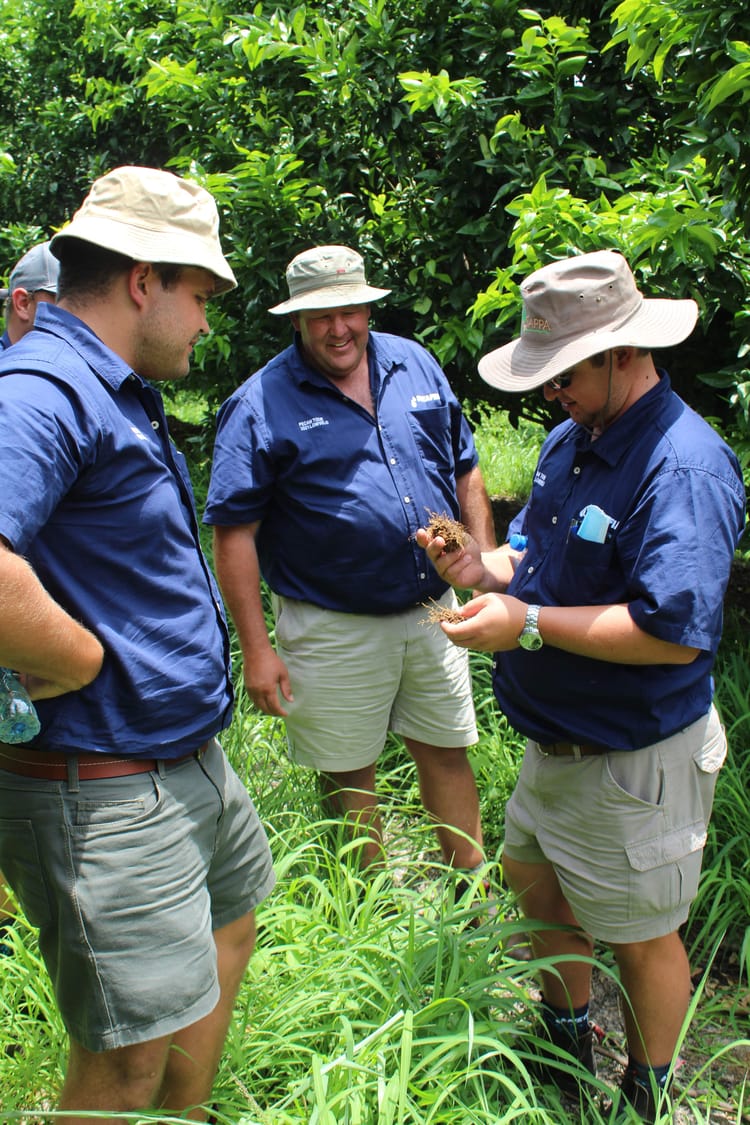
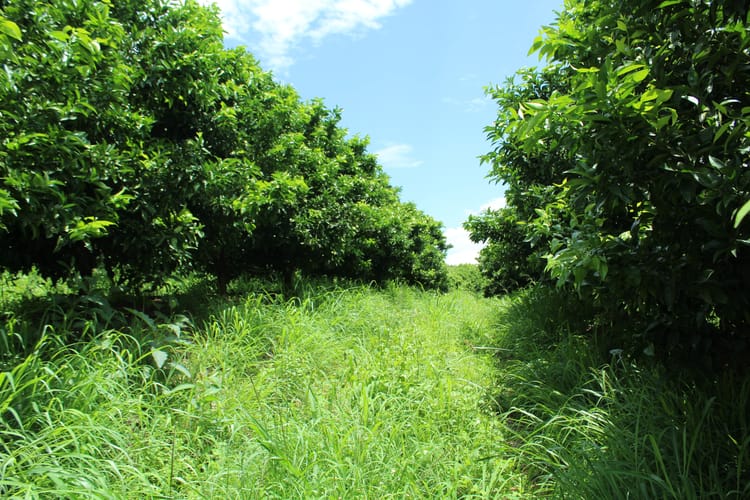
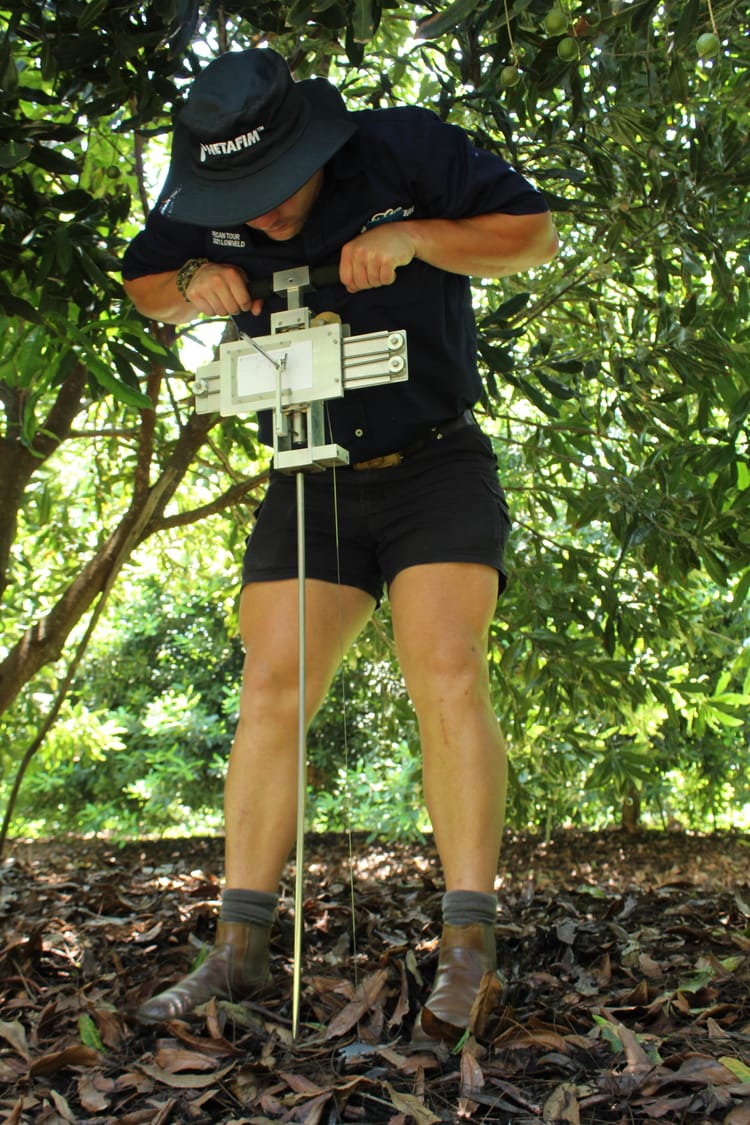
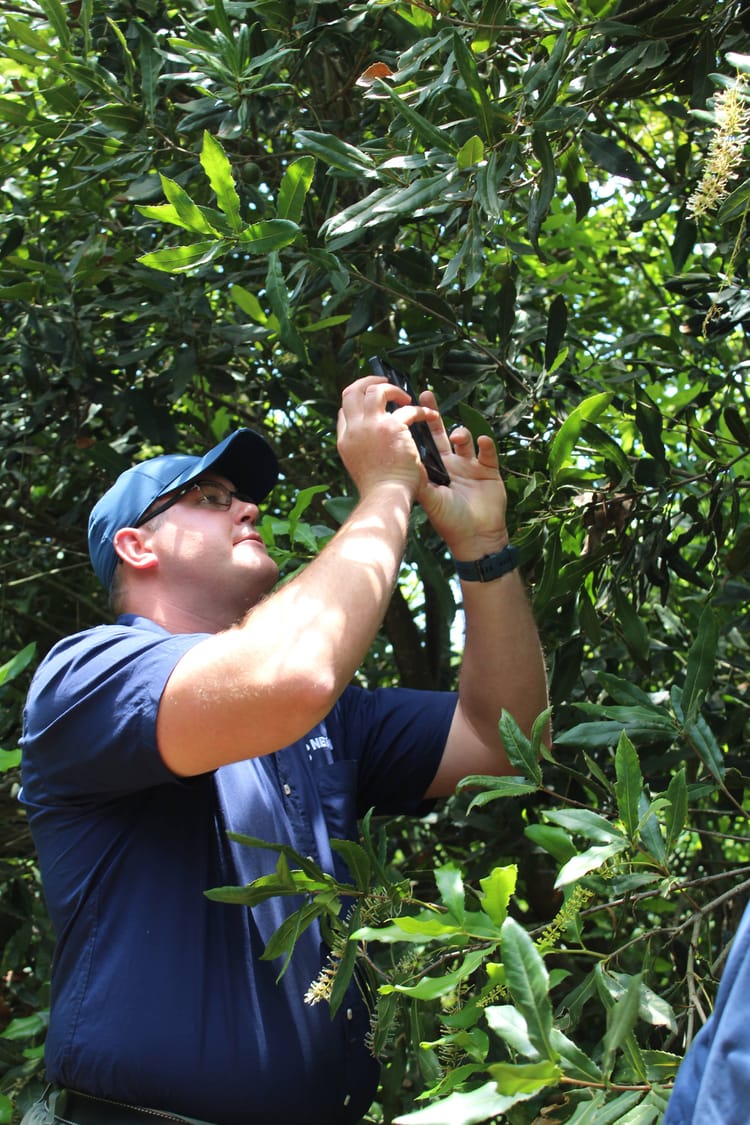
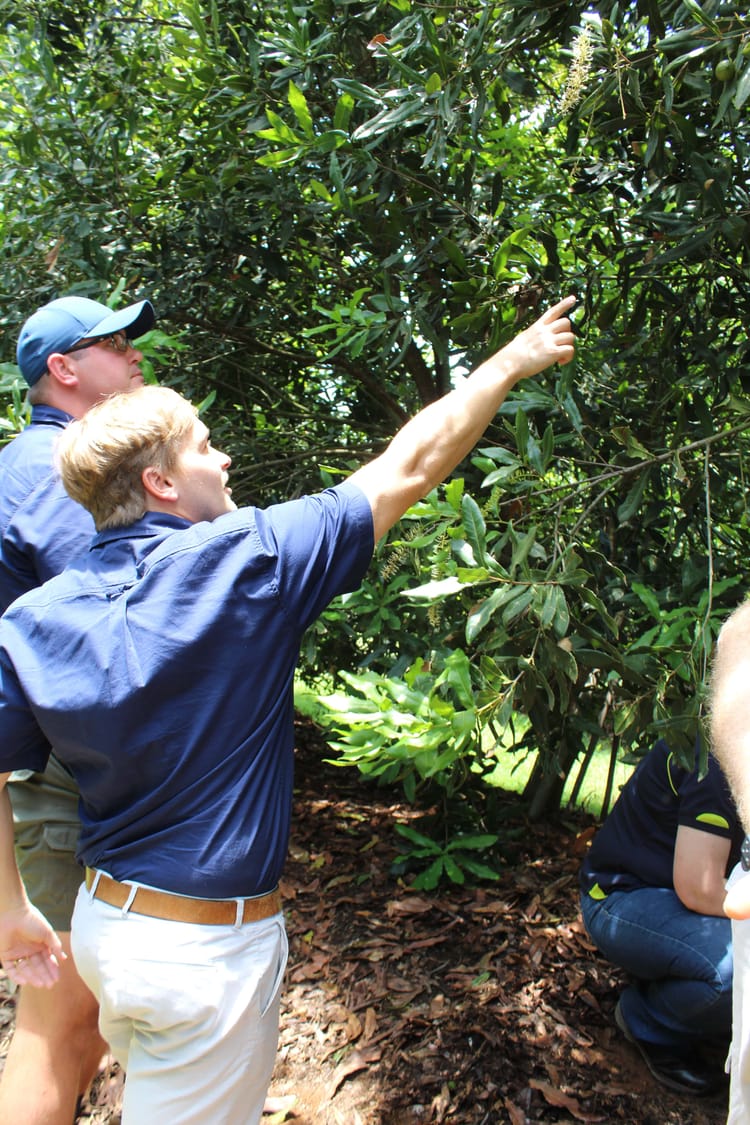
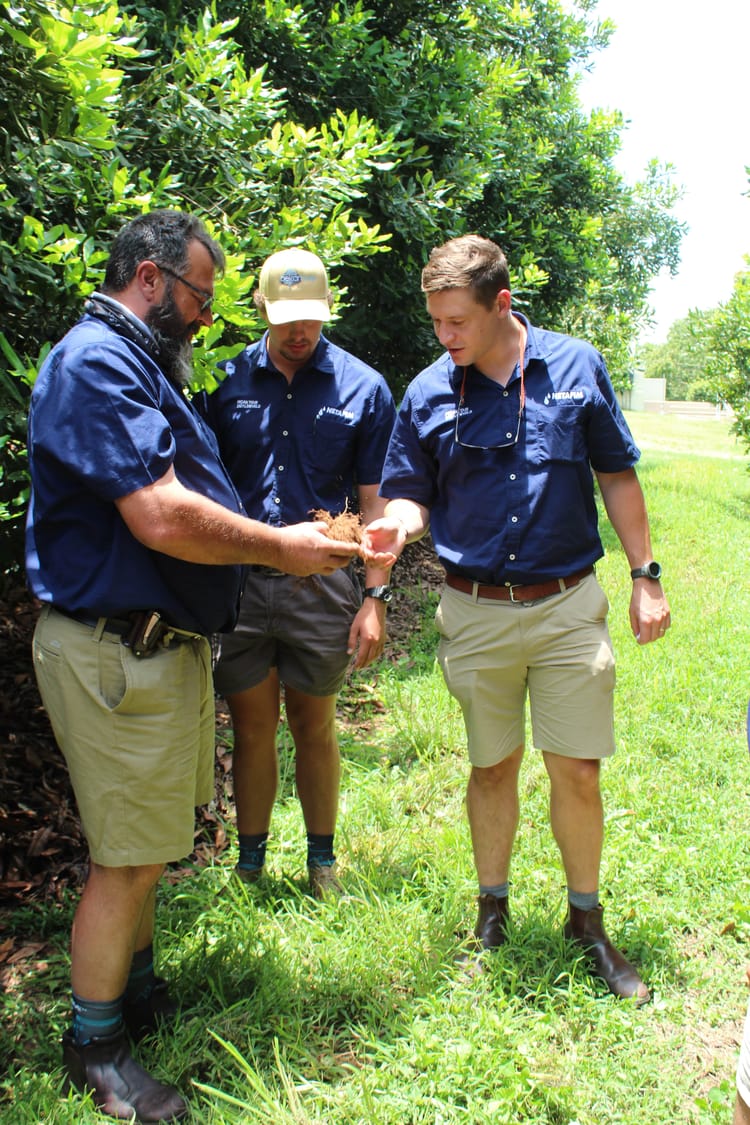
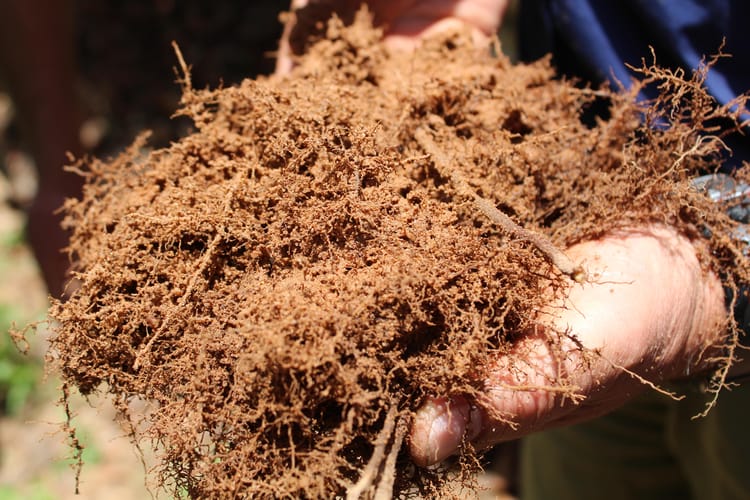
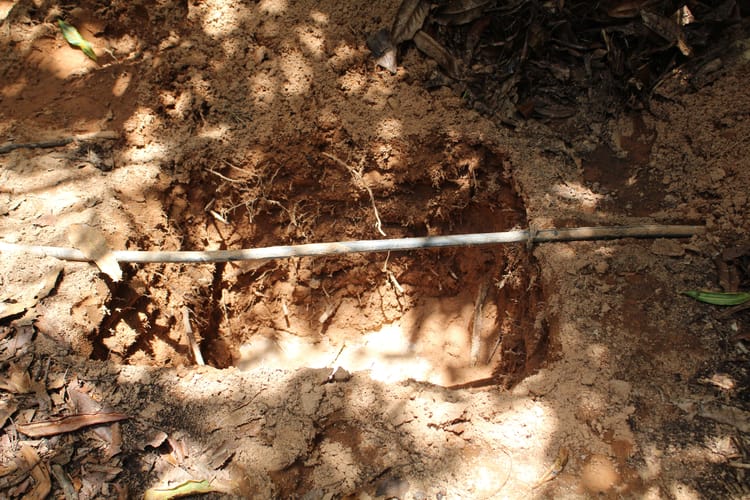


Share your thoughts
Comments
We'd love to hear your thoughts! To enter a comment, type your name and email address.